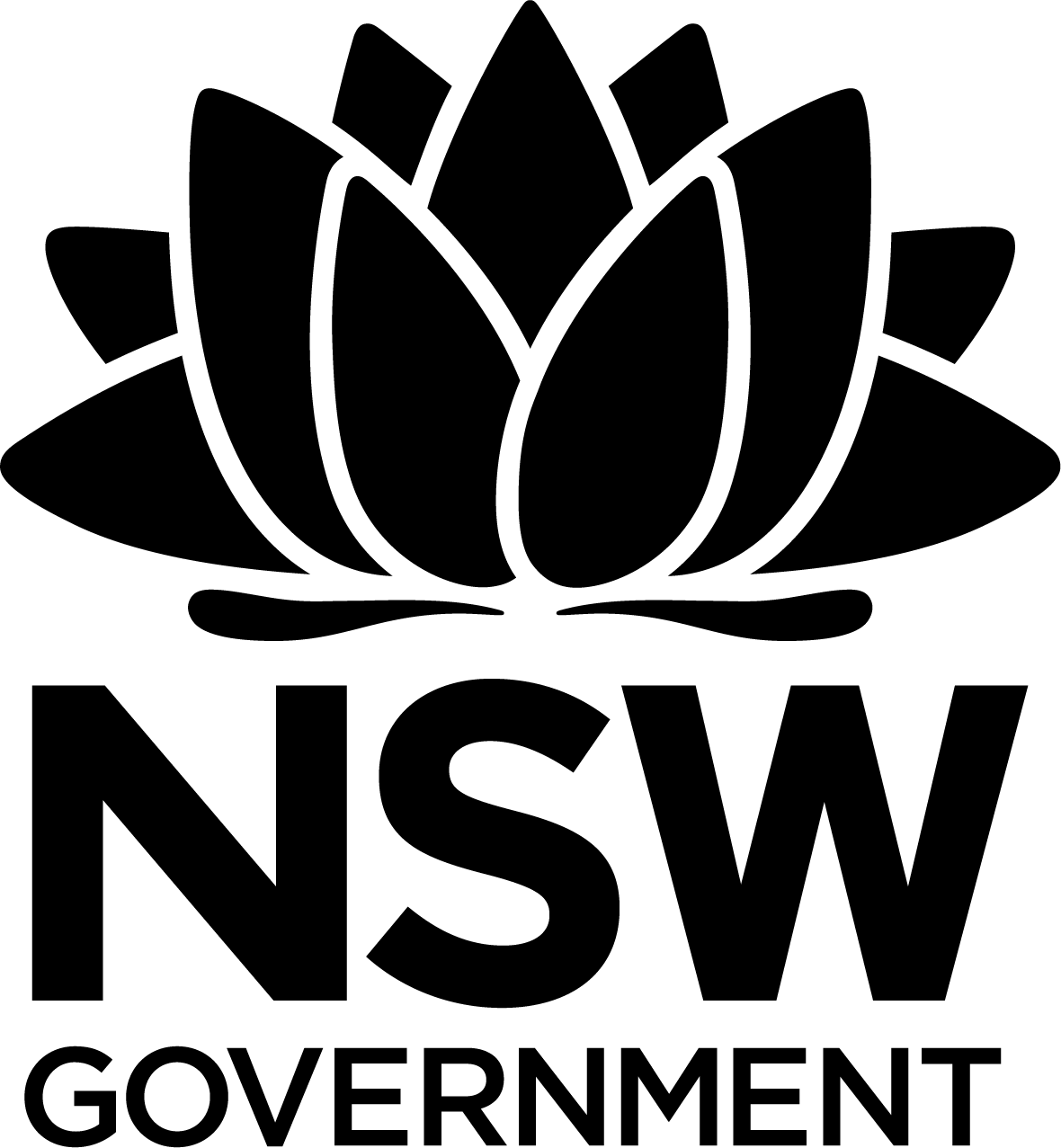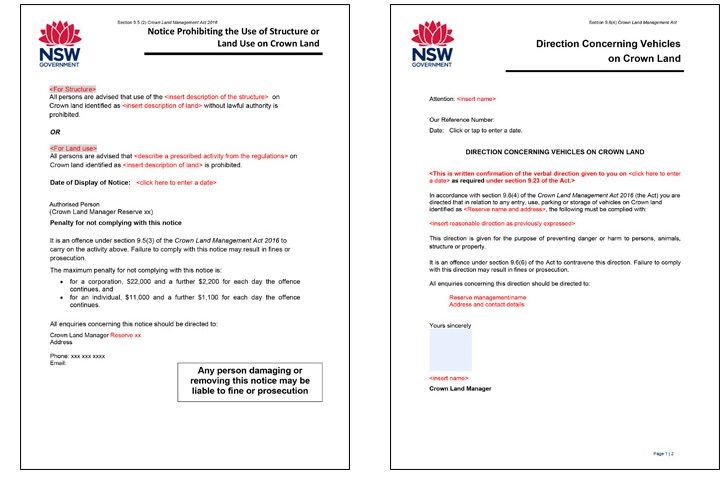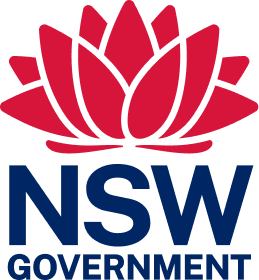
Crown land manager resource
Signage and notices
The Department of Planning, Industry and Environment – Crown Lands has developed the following guidance to support Crown land managers (CLMs) in designing and erecting general signage (non-regulatory) as well as regulatory signage and notices on Crown land.
The Crown Land Management Act 2016 (the Act) and Crown Land Management Regulation 2018 allow for CLMs to put up signs or public notices if they need to restrict particular visitor activities or access to the reserve. The Act and Regulation also provide for penalties to be incurred for certain violations - issued through an appointed authorised officer.
Signage
Appropriate and clear signage helps:
- inform the community and visitors about what they can and cannot do within the reserve
- increase community awareness
- promote voluntary compliance
- reduce noncompliance with any imposed restrictions.
Design and technical requirements
The information on signs can be communicated in many ways. The most suitable layout may be determined by:
- having a good understanding the intent of the information (such as providing general information or advising of restrictions)
- what the predominant message is
- the target audience
- discussion with the professional signwriter and
- whether you wish to ensure penalty provisions are available should the sign or notice be contravened.
As the following templates show, particular technical requirements apply to Crown land signage. These signs must:
- have a ‘CROWN LAND’ banner or heading at the top (except for ‘DANGER’ or ‘WARNING’ signs)
- display the NSW Government waratah logo
- use clear, unambiguous language
- use your own logo, any other distinctive or individual requirements of the reserve, or both
- CLM contact details, such as phone number, email address and website.
Signage symbols
Using symbols on signage helps visually display key messages to Crown reserve visitors. You can use four categories of symbols for signage:

Please refer to the signage symbol library to help you develop signage for your reserve.
Size
When deciding signage size, consider the following:
- distance of the viewer
- area and extent of all entry points (gateway, road, open space, walking track, fenced area, waterfront structure)
- visibility and the clear display of information.
Signs may be of any size to suit your needs. However, where a sign aims to inform about a safety hazard or regulatory prohibition, we recommend a more prominent sign. The sign-writer is generally the most appropriate resource for recommending sizing options based on the information on the sign, its location and its purpose.
Materials
Sign materials vary and depend on factors such as intention, life expectancy and the environment. Consider the following questions when determining sign materials:
- Will the proposed sign or notice be permanent or temporary?
- How much exposure to the elements will the sign or notice have?
- Will the sign be put up in a high-public-use area (where it could be subject to vandalism)?
Where vandalism or theft is a concern, we recommend an anti-graffiti coating to ensure signage longevity as well as locking mechanisms.
Sign frames are great options for permanent sign locations. They allow the message to change as information or details change (more information on sign frames follows).
Location
CLMs must display regulatory signage and notices in a conspicuous, prominent and visible location on or near the Crown land (or at a commonly used access point to the land). For example, you should place a sign telling visitors that camping is prohibited in an area that is highly visible to visitors upon entering the reserve.
It is also important to be aware of signage that may already exist at the proposed location and ensure that additional signage does not create information overload or confuse the reader.
As the Act specifies, you must display regulatory signs and notices in specific locations on Crown land—for example:
- Section. 9.5(2): notices prohibiting structure or land use—in a conspicuous place on or near Crown land (or at a commonly used access point to the land).
Signage design
The department can assist reserve managers to design signage. Please contact our Compliance Team for assistance.
Notices
A regulatory notice is most often a paper-based document that you can use:
- as a temporary measure while a more permanent sign is under construction
- for a one-off incident issued to an individual
- to prominently display for all users where the notice information need not be promoted all the time.
To help CLMs, we have included the template for a paper notice, Section 9.5 (2). This notice can prohibit persons from activities as prescribed by the Regulation. We have also included a direction template under Section 9.6 (4) concerning vehicles on Crown land; you can use this in instances where a vehicle, including boats, caravans and the like, are likely to cause harm or danger to persons, animals or property.
Notice and direction templates
CLMs can download the templates online (access is restricted to CLMs who have supplied their email address to Crown Lands via the Reserve Manager Portal).

It is important to note that a written direction concerning vehicles on Crown land is required only if a person has not complied with a verbal direction.
Where feasible, please send any regulatory notice templates to cl.compliance@crownland.nsw.gov.au for review and endorsement.

Sign frames for notices or other short-term information
The following sign frame includes an aluminium signage clip border to house and display short-term information. The perspex window protects the sign from the elements and allows for easy change of information when necessary.
These sign frames are excellent options if you want more permanent-looking signs that also allow you to change the message as necessary.
Use the following materials for regulatory notices or temporary information for reserve users:
- corflute
- laminated paper
- paper in a plastic sleeve.
Summary of restrictions requiring signage or notice
Common restrictions that the Regulation prescribes include preventing and prohibiting visitors from the following activities if appropriate for managing the reserve:
- accessing part or all of the reserve
- accessing reserve buildings
- camping without a permit
- removing timber or firewood
- driving, parking, motorcycling or four-wheel driving
- lighting fires and bonfires
- bringing animals such as horses or dogs on to the reserve
- selling items or engaging in commercial activities
- putting up signs or advertising.
Additionally, CLMs may manage the use and access of the reserve with signage by:
- charging entry fees
- setting opening and closing times for the reserve
- setting aside parts of the reserve for certain uses
- charging fees for activities such as parking and utility use (electricity, gas and water)
- charging fees for rubbish disposal
- designating entry and exit points.
This Crown land manager web resource was printed on 27 Jul 2024. The information contained in this web resource is based on knowledge and understanding at the time of writing Jul 2024. However, because of advances in knowledge, users are reminded of the need to ensure that the information upon which they rely is up to date and to check the currency of the information by referring to the website (www.reservemanager.nsw.gov.au).
© State of New South Wales through Department of Planning, Industry & Environment 2024.
Page link: https://reservemanager.crownland.nsw.gov.au/using-crown-reserves/signage


